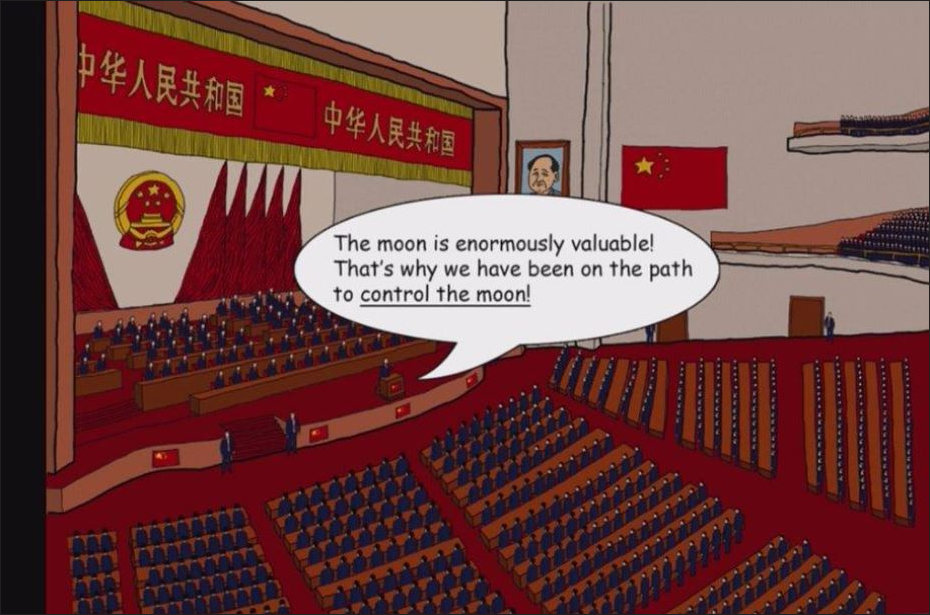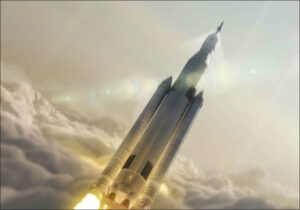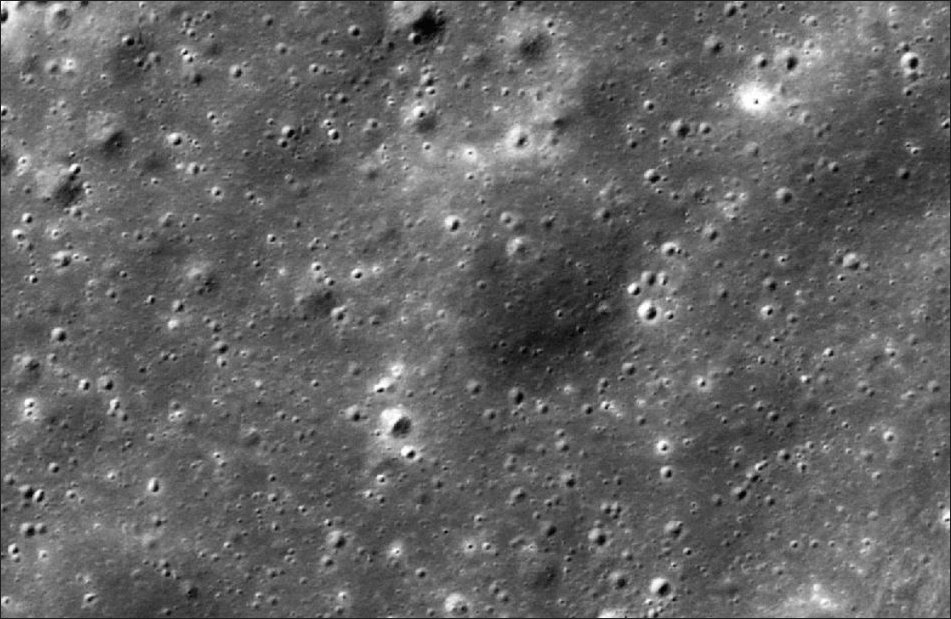
NASA has announced its intention to send a mobile robot, the Volatiles Investigating Polar Exploration Rover (VIPER) to the Moon’s southern pole to identify the location and concentration of water ice in the region.
“The key to living on the Moon is water — the same as here on Earth,” said Daniel Andrews, project manager of the VIPER mission, reports Forbes. “Since the confirmation of lunar water-ice ten years ago, the question now is if the Moon could really contain the amount of resources we need to live off-world.”
Moon water also would make Mars missions more affordable, Mars enthusiasts contend.“Creating space fuel depots would allow spacecraft to travel much farther and allow missions and satellites to sustain operations,” says Karen Panetta, IEEE Fellow, Dean for Graduate Education, Tufts University. “Rather than transporting water into space in heavy loads on rockets, the goal is to extract it (mine it) from the moon and asteroids.” more “VIPER Robot to Locate Water Resources on Moon”

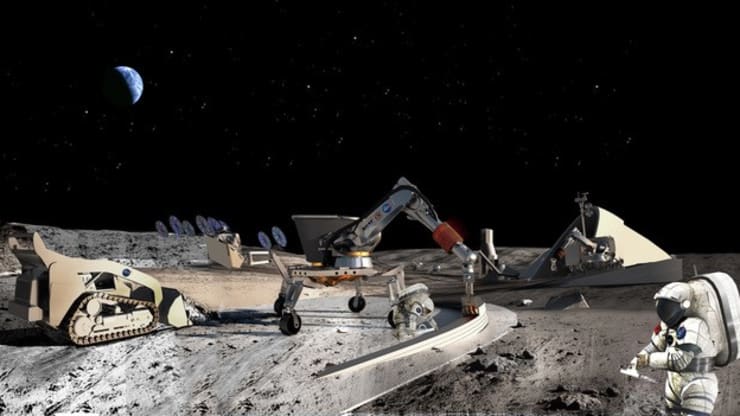
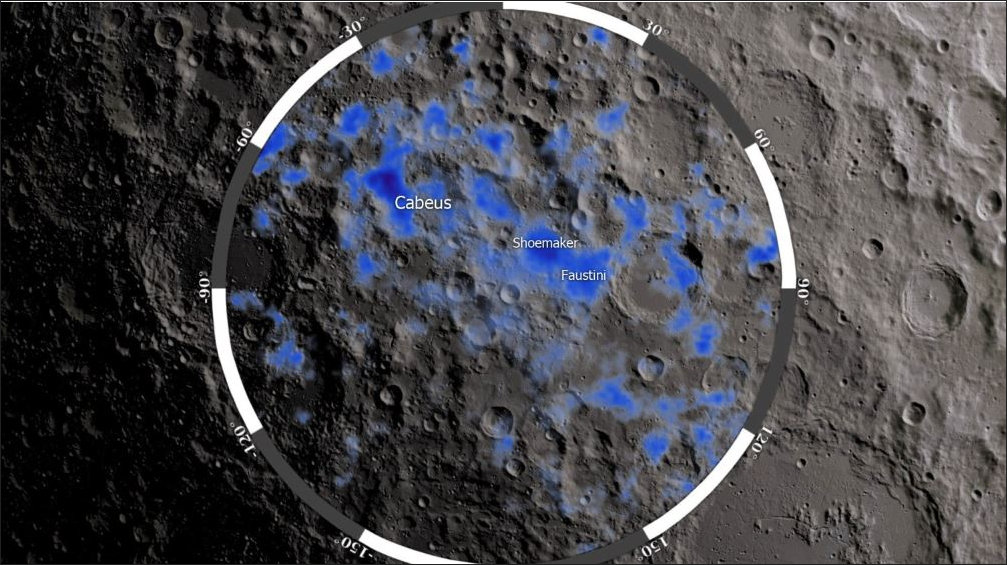
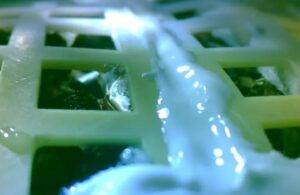

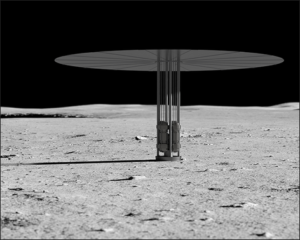
 Early settlers on the Moon will need to protect themselves against radiation, which will entails covering habitats with meters-thick layer of protective regolith. Professor Matthias Sperl, with the German Aerospace Center, imagines the necessity of transforming loose dust into sturdy bricks. Because the Moon lacks the components of mortar to bind the bricks together, they will have to be unterlockable, similar to Lego toys.
Early settlers on the Moon will need to protect themselves against radiation, which will entails covering habitats with meters-thick layer of protective regolith. Professor Matthias Sperl, with the German Aerospace Center, imagines the necessity of transforming loose dust into sturdy bricks. Because the Moon lacks the components of mortar to bind the bricks together, they will have to be unterlockable, similar to Lego toys.